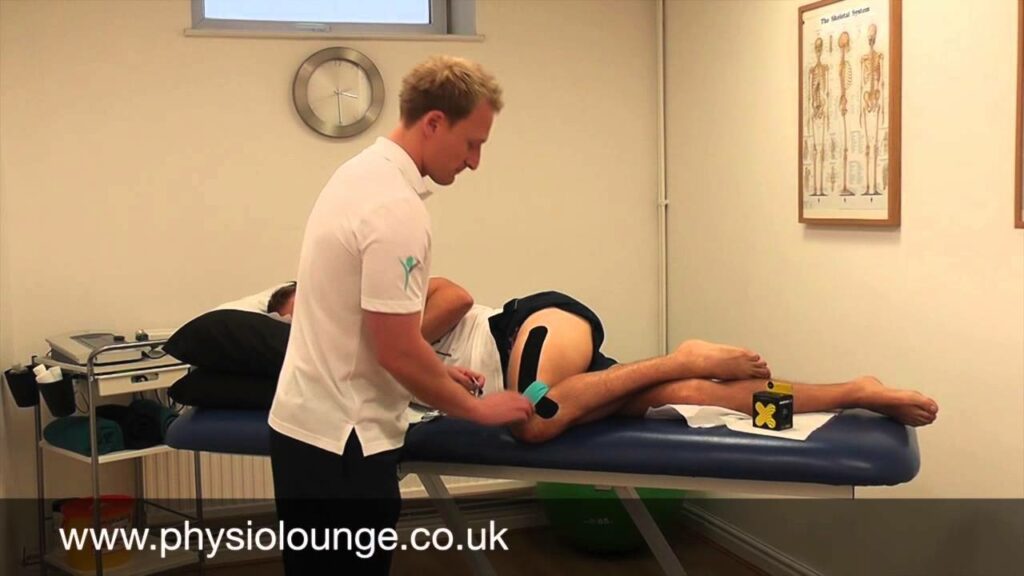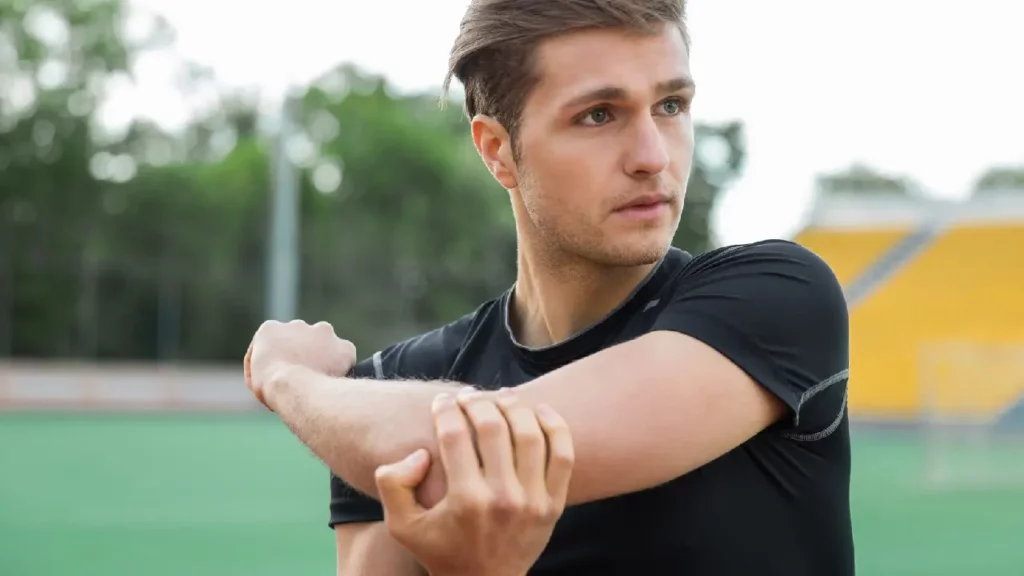Whether your a weekend warrior of just somebody looking to stay in shape for the long run, you’ll need to incorporate compound lifts into your workout routine to some degree.
Compound lifts are demanding complex, multi joint and muscle group movements, that have a high metabolic cost and require a lot of coordination to perform… in plain terms these exercises will help you get strong and burn calories fast. These movements mirror the fundamental human movements that we use most in everyday life; squatting, lifting, pushing, pulling and pressing overhead. Compound lift enthusiasts can also reap the benefits of these challenging movements later on in life as the bone, muscle and tendon strength developed by performing these movements over time leads to longevity and preservation of function as we age. Remember having a fall at 30 isn’t like having one at 80, so get lifting.
Whether your looking to improve your athletic performance or just be better at life tasks such as picking up your child or completing tasks around the house… these exercises will have great functional carryover. Compound strength exercises also burn a lot of calories so they are great if your short of time.
In this series we will cover the big 5 strength exercises to build lean muscle and maximal strength. This is merely an overview and cannot substitute for expert coaching and tuition therefore I strongly advise that if you’re looking to develop your skills in the gym that you get in contact with a suitably trained coach to direct you step by step through the process.
1. The Squat
The mighty squat… the exercise everybody should be doing, quite literally, the king of exercises. This exercise works multiple joints and muscle groups simultaneously reaping a high metabolic cost and building strength from the ground up.
Before trying any of the weighted squat variations, it’s a great idea to start by nailing your form with an unweighted squat – also known as a bodyweight or air squat.
Begin by standing with your feet hip-width apart. Hold your arms out in front of you, or fold them across your chest, or even stick them out to the sides. Brace your core and lower until your thighs are parallel to the ground. Imagine you’re sitting back into an invisible chair. If you want to and it feels comfortable, you can continue to lower past this point into a deeper squat. If you’re concerned that you’re not dropping low enough with your squats, put a box or chair behind you that’s at or just below knee height, then lower until you just touch it with your bum to ensure you’re reaching the required depth. Drive through the heels to stand up and complete.
With the squat, alignment is key, so we’ve listed some top tips below to ensure you execute the movement correctly and stay injury-free and training for the foreseeable future.
Squatting top tips
Foot positioning
Foot positioning is key. The movement should feel natural and unrestricted. Often ankle mobility is a limiting factor in most untrained people, a good tip is to turn the feet out to ten to two, to align your feet with your thighs and help free movement throughout.
Heels
Driving through the heels is important when squatting. This is where force is generated and helps you to maintain balance throughout. A common mistake amongst newbies is allowing the heel to raise up, often because of ankle immobility as mentioned before. Therefore proper foot alignment will help you maintain your heel in contact with the floor through the entire movement.
Knees
Knee alignment is super important for the perfect squat. If you allow your knee to drop in or out during the movement, then you’re asking for trouble. If you struggle in this respect don’t be afraid to regress the weight to a level that’s manageable or use a band to encourage better glute activation.
Squat Variations
Goblet Squat
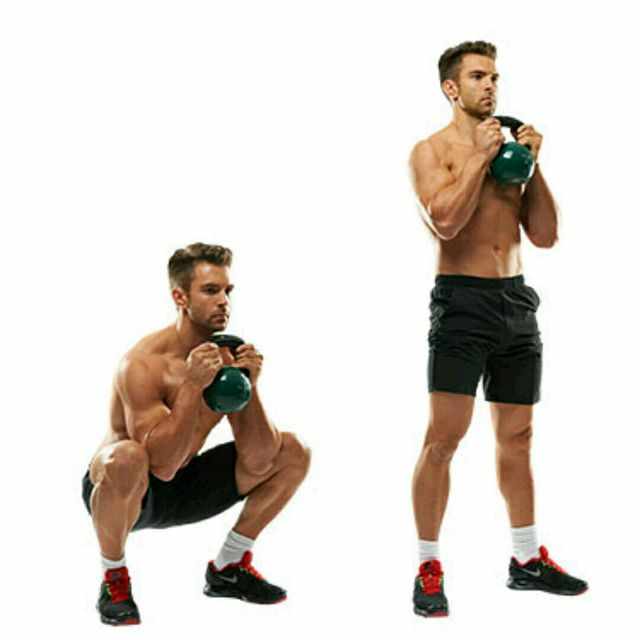
The goblet squat is the natural progression from the bodyweight squat and is less technically demanding than the barbell front or back squat. The goblet squat is a good way for beginners to add weight to their squats whilst ensuring they maintain correct form and start to develop the stability for the bigger lifts.
Back Squat
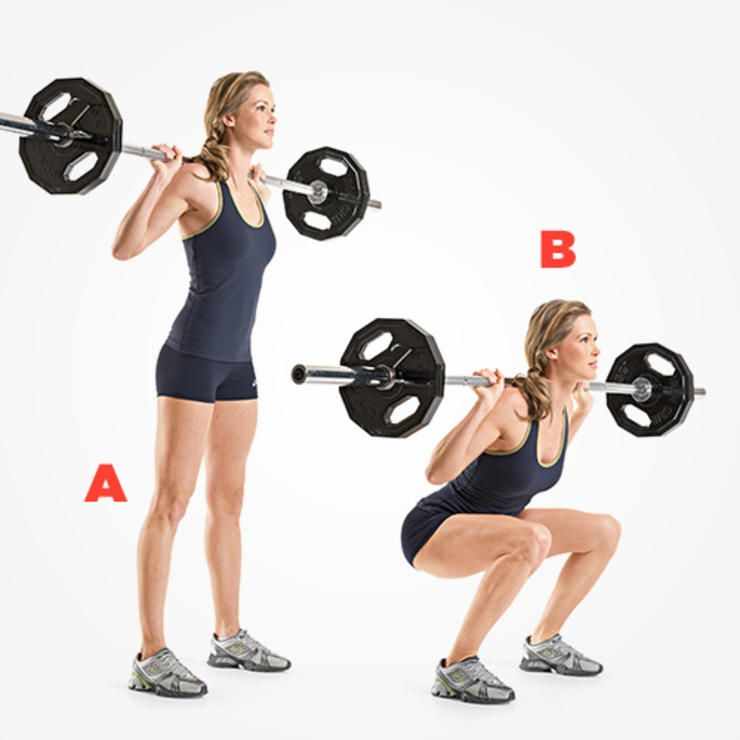
The daddy of compound lifts, the back squat does it all when it comes to strengthening your lower limb in the most functional way possible. The back squat is the go to movement for strength development, growth hormone production and calorie burning.
Front Squat
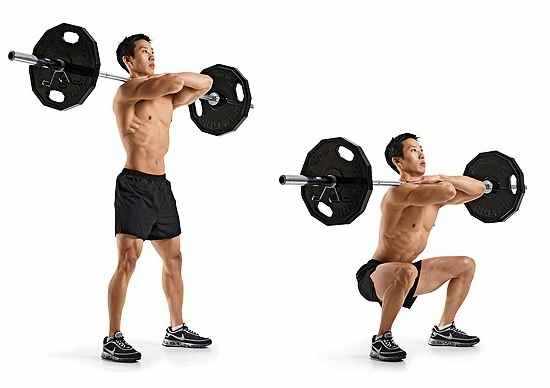
The front squat is essentially a quad dominant version of the back squat. It challenges the core as the trajectory of the bar is just in front of the athletes centre of gravity, as opposed to the more natural back squat. Efficiency in this lift is achieved by creating a “shelf” with the anterior deltoids (front of your shoulders) where you can safely rest the bar. Shoulder and wrist mobility is essential to successfully and safely pull off this lift.
Sumo Squat
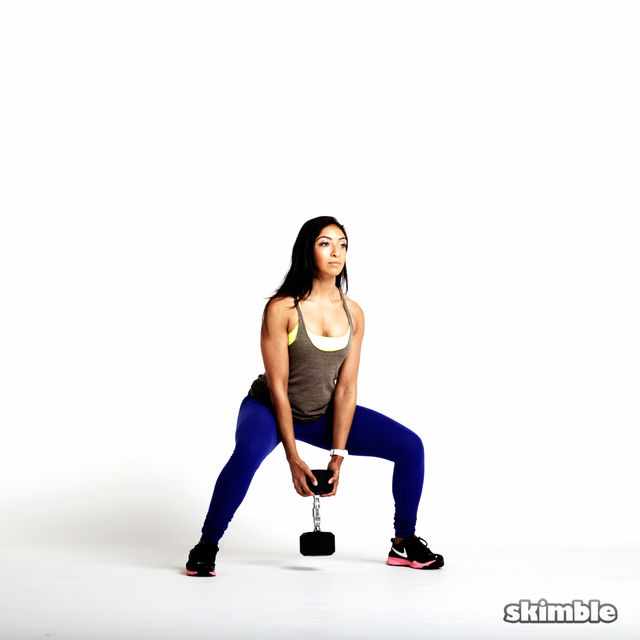
This variation shifts the focus of the squat away from the big quad and glute muscles towards the adductors of the inner thigh thus developing a more well rounded athletic profile. Stand with your feet wider than shoulder-width apart and your toes pointed at a 45° angle. Lower into a squat, then push back up. You can use a barbell, dumb bell or kettlebell for this lift.
Split Squat
Without doubt the split squat is the most transferable of all the squatting movements into sport. Most athletic movements require athletes to accelerate, decelerate, cut and change direction off one leg, making this beauty of an exercise a well worth addition to your workout. It will give you that extra punch on the road, rugby pitch or squash court. Furthermore as this movement breaks the base of support, it challenges the core far more than its two legged cousins the front or back squat.
Overhead Squat
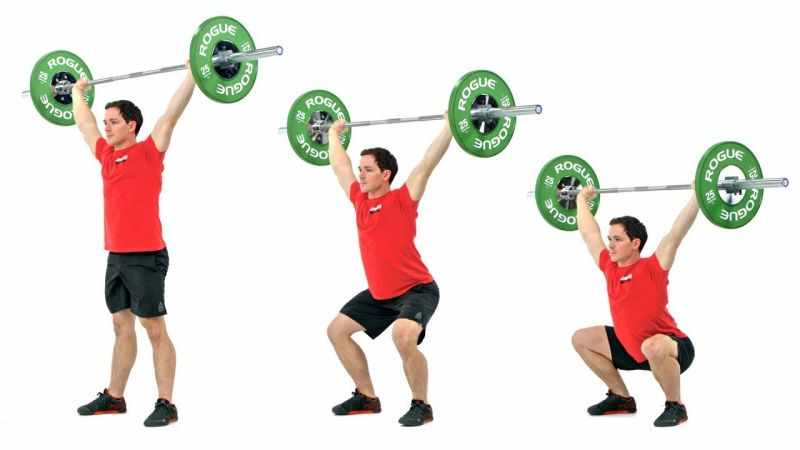
Once all the other movements have been mastered, the overhead squat is the final frontier. Easily the most challenging variation of all the squatting variations. Stabilising the load overhead is extremely difficult for the shoulder complex and the core especially. Often used as a screening tool in professional sport, proficiency in the overhead squat demonstrates a high level of stability, mobility and functional strength. It is also a major component of one of the most complex Olympic lifts ‘The Snatch’.
Wrap up
Hopefully, that gives you some insight into the complexity of the Squat as a compound lift as well as some pointers on how to master the King of exercises. Next time we will be covering The Deadlift.


